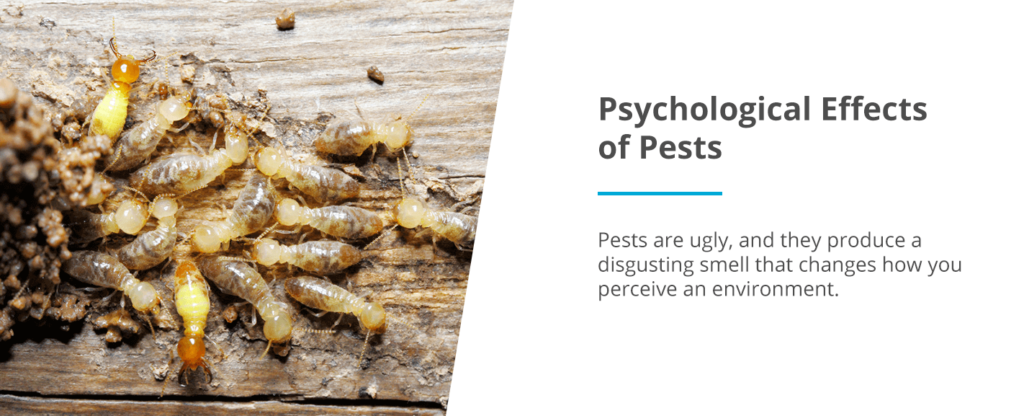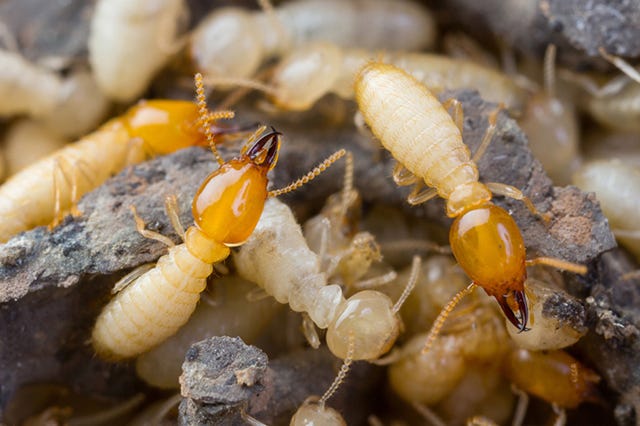More About Eco Bed Bug Exterminators Dc
A Biased View of Eco Bed Bug Exterminators Dc
Table of ContentsMore About Eco Bed Bug Exterminators DcThe Eco Bed Bug Exterminators Dc StatementsWhat Does Eco Bed Bug Exterminators Dc Do?The smart Trick of Eco Bed Bug Exterminators Dc That Nobody is DiscussingLittle Known Facts About Eco Bed Bug Exterminators Dc.
Since chemicals are toxic, they are additionally potentially hazardous to human beings, pets, other organisms, and the atmosphere. Therefore, individuals that utilize chemicals or frequently can be found in contact with them need to recognize the family member toxicity, possible health and wellness results, and preventative measures to minimize exposure to the products they use. Hazard, or threat, of using pesticides is the possibility for injury, or the degree of danger associated with utilizing a chemical under a provided set of problems.
Applicators can lessen or virtually remove direct exposure-- and thus minimize risk-- by following the label directions, utilizing personal protective clothes and tools (PPE), and dealing with the pesticide correctly. Even more than 95 percent of all chemical direct exposures come from facial exposure, mostly to the hands and lower arms. By using a pair of unlined, chemical-resistant gloves, this kind of direct exposure can be nearly gotten rid of.
The harmful effects that occur from a solitary exposure by any kind of path of access are labelled "severe results." The 4 routes of direct exposure are dermal (skin), breathing (lungs), oral (mouth), and the eyes. Severe poisoning is established by checking out the dermal toxicity, breathing poisoning, and dental toxicity of guinea pig.
See This Report about Eco Bed Bug Exterminators Dc
Intense poisoning is measured as the quantity or concentration of a toxicant-- the a.i.-- called for to kill half of the pets in an examination population. This action is generally expressed as the LD50 (lethal dose 50) or the LC50 (lethal concentration 50). In addition, the LD50 and LC50 worths are based upon a single dose and are videotaped in milligrams of pesticide per kg of body weight (mg/kg) of the examination animal or partly per million (ppm).
The reduced the LD50 or LC50 worth of a chemical product, the better its poisoning to people and animals. Pesticides with a high LD50 are the least poisonous to people if utilized according to the directions on the their website product tag. The persistent toxicity of a pesticide is established by subjecting test pets to lasting exposure to the active component.
The chronic toxicity of a chemical is harder than acute toxicity to establish through lab analysis. Products are categorized on the basis of their family member severe poisoning (their LD50 or LC50 worths). Chemicals that are classified as highly poisonous (Toxicity Classification I) on the basis of either oral, facial, or breathing poisoning need to have the signal words DANGER and toxin published in red with a head and crossbones sign prominently presented on the front panel of the bundle label.
The acute (solitary dosage) oral LD50 for pesticide items in this group varies from a trace quantity to 50 mg/kg. Direct exposure of a few decreases of a material taken orally might be deadly to a 150-pound person. https://ecobedbug3xt.weebly.com/. Some pesticide items have simply the signal word DANGER, which informs you absolutely nothing concerning the intense poisoning, just that the product can create serious eye damage or severe skin irritation
Eco Bed Bug Exterminators Dc Things To Know Before You Get This
In this category, the severe oral LD50 ranges from 50 to 500 mg/kg. A teaspoon to an ounce of this product might be fatal to a 150-pound individual (bed bug heat treatment). Chemical items classified as either a little harmful or reasonably nontoxic (Toxicity Classifications III and IV) are required to have the signal word CAUTION on the chemical tag

All pesticide toxicity chemical, worths the LD50, can be found on located product's Material Safety Product Safety and security InformationMSDS). Pesticide tags and MSDS can be obtained from merchants or manufactures - https://cziosly-czoirds-spruty.yolasite.com/. The signs and symptoms of chemical poisoning can range from a mild skin irritation to coma or even death.
People additionally differ in their level of sensitivity to various levels of these chemicals. Some individuals may reveal no response to an exposure that may create serious illness in others (bed bug heater rentals). As a result of prospective wellness issues, pesticide users and trainers need to identify the typical indications and signs of chemical poisoning. The effects, or symptoms, of pesticide poisoning can be extensively specified as either topical or systemic.
Fascination About Eco Bed Bug Exterminators Dc
Dermatitis, or inflammation of the skin, is approved as the most commonly reported topical impact connected with chemical exposure. Some individuals tend to cough, hiss, or sneeze when exposed to chemical sprays.
This symptom usually subsides within a few minutes after a person is removed from the exposure to the toxic irritant. Nonetheless, a response to a pesticide product that causes somebody not only to sneeze and cough however additionally to develop extreme intense breathing signs is more probable to be a real hypersensitivity or allergy.
Systemic effects are rather various from topical results. They often happen away from the initial point of contact as a result of the chemical being absorbed into and distributed throughout the body.